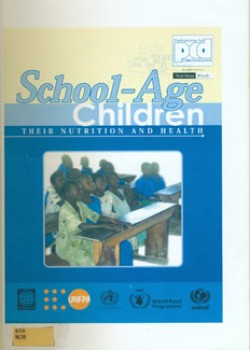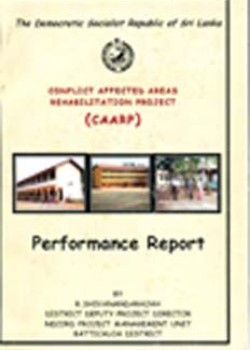
School-Age Children
Their Nutrition and Health
Publisher: Partnership for Child Development (PCD)
Place of Publish: UK, London
Year: 2002
Page Numbers: 45
Acc. No: 3237
Class No: 614 SCH
Category: Books & Reports
Subjects: Health
Type of Resource: Monograph
Languages: English
The success of child survivalprogrammes and the expansion ofbasic education coverage have resultedin a greater number of children reachingschool-age, with a higher proportion actuallyattending primary school. However, there isincreasing evidence, with resultinginternational concern, that the high level ofnutritional deprivation combined with theheavy burden of disease in this age group hasnegative consequences for a child,s long-termoverall development. The report was developed inresponse to the second part of the mandateof the Working Group– to promote researchand understanding of the nutrition andhealth of school-age children. The reviewconfirms that much remains to be done forschool-age children. This paper addresses the most commonnutrition and health problems; assessing the extent of the problem; theimpact of the condition on overalldevelopment, and what programmaticresponses can be taken to remedy theproblem through the school system. Thepaper also acknowledges that an estimated113m children of school-age are not inschool, the majority of these children livingin Sub-Saharan Africa and South-East Asia.Poor health and nutrition that differentiallyaffects this population is also discussed.



